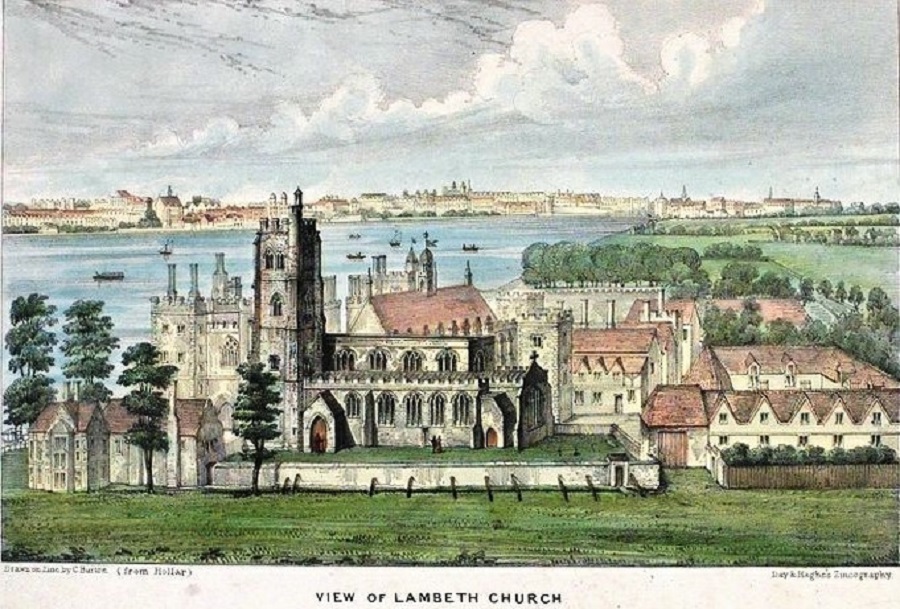It’s over. Well, I don’t go back for another five days but the kids are getting geared up for their respective schools and the hot hot heat is gone. Fabulous. Me, I continue to rest and convalesce. I had no idea I had not taken two weeks off for years. Two-thirds of the way in, I am a bit dumbfounded. May eat a peach today. Because I dare. By the way, fresh peach chunks and fresh tomato chunks with olive oil and basil. You have been advised.
The big news this week is White Claw, some seltzer thing that I will never see or try if the gods are pleased. Zima again. The news is not White Claw itself but that that bastion of east coast liberal culture, The Atlantic, published an extensive article by Amanda Mull on this summer’s cultural phenomenon, seeking the why of it all:
A major factor in hard seltzer’s current popularity is what it’s not: difficult or aspirational. Being a cool young drinker has had a lot of arbitrary rules in the past decade. For much of the 2010s, booze trends have centered around limited-edition, high-alcohol craft beers and booze-heavy, professionally assembled cocktails. These trends have demanded that young people learn the ins and outs of booze culture; have a willingness to pursue the stores, bars, and breweries that meet their very particular tastes; and have the ability to spend some money to try new things. To get the full experience, those drinks also have to be aesthetically pleasing—all the better to document on Instagram, to show off your generationally and socioeconomically appropriate good taste.
Screw you, kiddie curating class. Screw you, the aesthetic tyranny of Instagram-determined good taste, as Mull calls it. A blip? Hah! As Josh Noel noted, the White Claw‘s variety 12-pack now outsell every craft beer. After a few months. Screw you, craft. Actually, this reminds me of a line that Stan noted The Beer Nut mentioning earlier this week:
I didn’t expect to get such a cliché of everything wrong with the concept of ‘milkshake IPA’ but here it is. If this is what you wanted beer to be in 2019, fill your boots.
See, it reminded me of that because milkshake IPA and White Claw are exactly the same thing, a facile form of booze that is identifiably different and needs no consideration as it goes down. It’s the other “screw you, craft” beverage. And, yes, after a decade it’s quite possible that people are actually exhausted with the multilayered Art Rock keyboard of being over-informed with non-information by the self-appointed and of, yes, of being intensely beveragely cool being the core of their entertainment time. My kids just like the odd Gordon’s gin so I deffo saw this coming.
Similarly negatively – but hanging on to defend a seemingly crumbling last redoubt – Miles Liebtag in Medium tells us Here’s What’s Killing Craft Beer: Us.** Somewhat curiously to me, he writes:
Allow me to share with you a law of Craft Beeria, deduced from ~8 years of in-field observation: one’s Beer Knowledge is often in direct and inverse proportion to one’s Market Knowledge. The former is what one knows about beer qua beer: how and why and when and where it’s made, and how that set of questions has both historical and political dimensions, what makes a beer look and smell and taste the way it does. The latter is one’s knowledge of trends, brands, who and what’s hot, what’s trading well, what’s rare, who’s on the outs, etc. It’s not that the twain shall never meet, just that they rarely do, and often the entire beer media universe seems bent on keeping them apart.
Jings! Perhaps an over wrought over-intellectualizing of both categories** might just be playing a role in all this, too. Beer from a consumer perspective or even that of a brewing technician is not complicated compared, you know, to actually complicated things. We go to movies and buy from Amazon but no one really cares about the logistics of either. Who needs to be associated with the body of beery knowledge that gets foisted on unsuspecting drinkers while all the while studiously avoiding the obvious questions like relative value? That’s beer today. It all befuddles the buying public Hence the unhappiness. Hence… White Claw!
Need a happier link to a simple time? 1970’s TV ads for Courage Best.
In the latest edition of his emailed newsletter on the state of hops, Stan*** discussed the idea of terrior in hops, one that he has long suspected, has been studied by folks in white lab coats:
I’m pleased the idea is catching on. Earlier this month, Coleman Agriculture in Oregon hosted Bine to Beer: Coleman Hop Terroir, announcing that Coleman, Oregon State University and Red Hill Soils have begun a study into hop terroir… The initial study included two hop varieties, Sterling and Centennial, grown across four different locations in the Willamette Valley, and two main types of soil. Scientists analyzed the soil and took into consideration all the other factors involved in growing hops. A sensory panel evaluated beers brewed with these hops.
Interesting. Terrior in beer is a rare thing but here this study found that the differences between Sterling hops from different locations were more muted and nuanced while the differences were clearer and more easily identifiable with Centennial. If they are replicated year after year, I’d say you might well have some terrior right there.
In other joyous beer as farm news, Katie Mather of @Shinybiscuit herself wrote about and with the folk at Rivington Brewing Co. in Chorley, Lancashire who brew on their family farm:
Tenth generation farmer Mick leans against the stone doorway, letting Ben do most of the talking. When he’s done, we head off with muddy boots to their current setup, a mile or so down a puddled and potholed lane, heavily shaded by the midsummer greenery of thick forest scented with marshmallowy clouds of Himalayan balsam. It’s in this woodland vale that Tap Beneath The Trees takes place, Rivington Brewing Co.’s summertime taproom gatherings. Over the years these little weekend-long beer festivals have gained cult status among the beer fans of Lancashire. Ben tells me that people come just as much for the countryside convalescence as they do his beers and that he’s completely happy about that.
Lovely stuff. And certainly an antidote to all that fretting up there. Who cares about so much of it all? Not when you can go up a country lane and find a wonderful glass of tasty. Or around a city corner. I did that this week myself and found my beer of the year to date but will leave that a separate post.
In a last nod to joy, Ben gave a tip to read a good article in Craft Brewing Business on the good beer scene in Toronto by the design firm involved with the Left Field branding refresh – the last two words there being something that usually makes my temples ache:
We were received with equal warmth at Left Field’s East End taproom, nestled snug in an alley in a charming and lived-in neighborhood. In this area, many years former, a massive factory turned out bricks by the thousands: the neighborhood retains a blue-collar industrial charm. We sampled a number of beers, including a knuckles-down DIPA called Laser Show and a lip-smacking fruited sour called Squeeze Play. We met the staff at hand and talked shop. After a quick tour of the brewery and reviewing our itinerary for the remainder of the trip, we were off to check out a couple more spots relevant to the local beer conversation before calling it an evening.
What I like about the article is how the branding firm sought out an understand of the local scene. I also like how they stuck with the original logo without too many tweeks and then rebranded around it. Wow – look at me fawning over the outside of the can… jeesh…**** Now, if only someone would tell everyone that Canada had only temperance and not prohibition that would be great. Breweries never shut. Booze available but fairly restricted.
PS: being a lawyer is actually fun some days.
My other big news was, of course, the response to my mammoth post on the meaning of Lambeth Ale. Thank you for all the postcards, telegrams and teletyped messages of congratulations. Whatever shall I blog about next month? While I ruminate on that, you will be pleased to know that we can expect Boak and Bailey back behind the newsdesk on Saturday and Stan to be right there on Monday. Catch the OCBG Podcast on Tuesdays, too. What Septemberish-fun!
*Not me. You. Max and I warned you about all this five years and and did you listen? No.
**My reaction was not as spicy as that of others but perhaps one sees it in the unnecessary use of “beer qua beer”?
***For the double!
****Full disclosure. I have spent more on them than that damn sample was ever worth.










